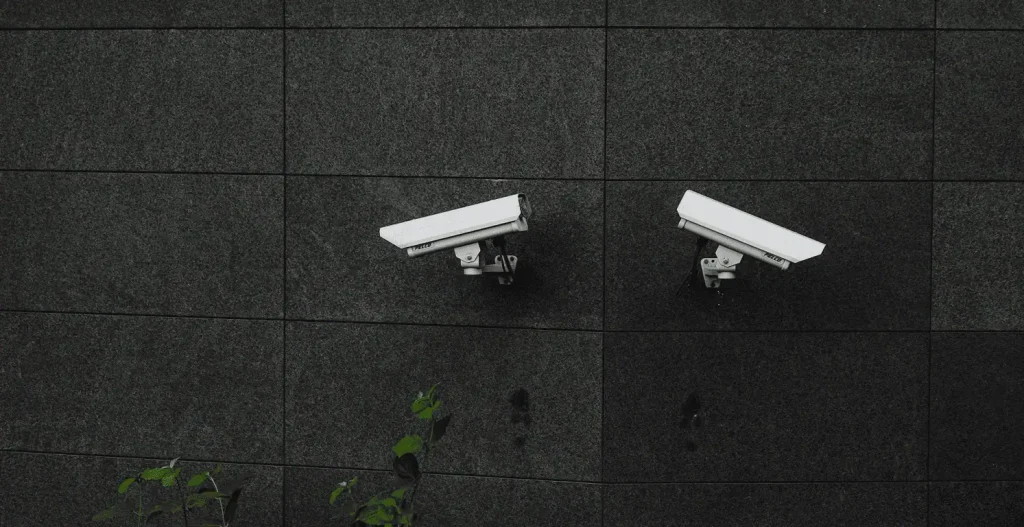Project documentation is the implementation of a streamlined, efficient, and uniform process for producing the key documents that are required to implement a new project successfully.
Project documentation encompasses all the documentation part involved in a project.
It makes
- Project expectations and objectives intact;
- Project tasks traceable; and
- Helps address any project issues among others

Create more visibility
The process gives you complete traceability of your entire workflow, meaning you can immediately see which tasks need to be done, when and by whom.
Ensure that the project requirements are fulfilled
Project documentation lets you gauge your project’s progress immediately. You can easily track whether your project is heading in the right direction, as the documentation will help you to define (and stick to) its requirements while working on the project.
Evaluate the project once it has finished
Once the project has finished, the closure part of the project documentation process guides project managers through an evaluation of how the team approached this particular project. It also gives contributors a chance to share their feedback.
These elements of documentation encourage you to consider thoroughly what you learned from the task. This will highlight your strengths and weaknesses alike, so that you grow your creation process, ready for your next project.
Sets and defines your project goals
Project documentation guides you towards setting and defining clear goals, while ensuring that everyone involved has the same expectations of the project. This process requires you to question the validity of each document that is being created.
Supports the project planning stage
Each document has a clear function and a role to play within project documentation. Project managers use them to create very detailed Work Breakdown Structures which, in turn, enable them to draft realistic and achievable schedules.
Each document that the project manager creates supports the planning process, which speeds up and optimizes the execution of the project as a whole.
Gives a clear overview of the project
Because all of these documents are constantly kept up-to-date, all of the stakeholders involved in the creation process are always aware of the project’s current status.
Manage risks and issues
The project manager will create a RAID document, as part of the project documentation process. For example, a strong project documentation process requires the creation of a feasibility report. This outlines the benefits of the project and its likelihood of success; thus enabling the project manager to mitigate any potential risks, for example, regarding the financial success of the project.
Conclusion
In a nutshell, a project Documentation never underestimates the importance of good documentation. Project management documents, though consume time yet, save your time -How? It saves time for you from struggling with taking the required actions and making decisions. All the efforts and time taken by documentation are paid off when your decisions are based on facts. Good documentation increases your project success rate.






